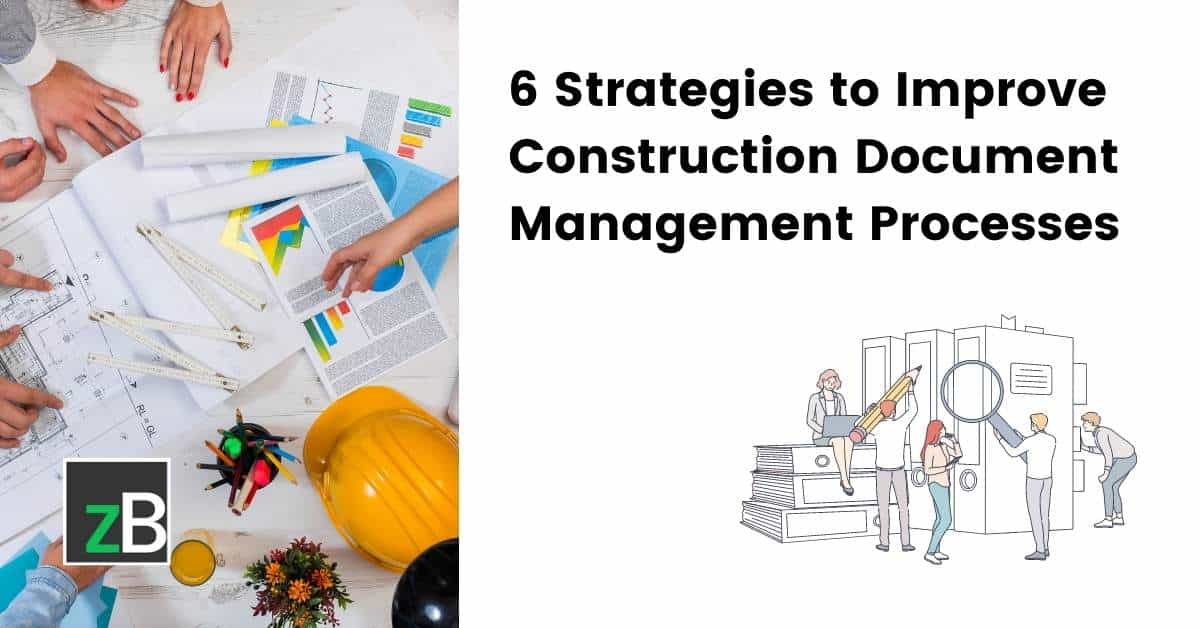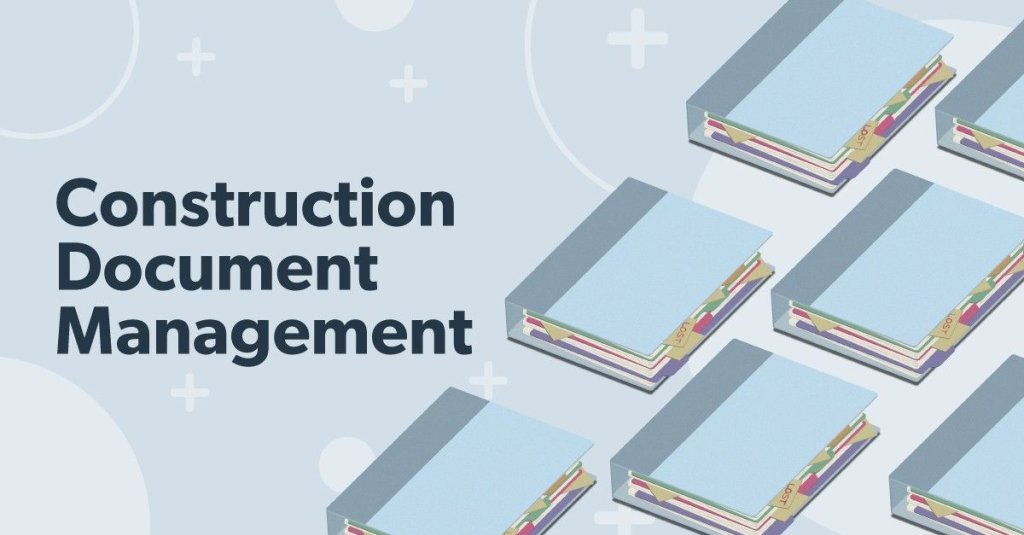Enhancing Operations Efficiency: Architect's Specialist Methods for Building Document Monitoring
In the world of architectural design and building and construction, the careful administration of files stands as a cornerstone for task success. Designers employ different strategies to boost workflow performance and enhance construction paper administration processes. From skilled organization methods to the integration of collective platforms and the application of secure data monitoring solutions, designers navigate a complex landscape of tools and methods. Amidst this complexity, a pick couple of specialist techniques have actually arised as important in maximizing operations efficiency. These techniques not only make certain smooth task progression yet also hold the essential to opening boosted performance and accuracy in the intricate realm of construction paper administration.
Key Paper Company Strategies
When taking care of building and construction records, among the crucial methods that architects employ is establishing a systematic and reliable organization system. This system commonly entails classifying papers based on their type, such as illustrations, requirements, contracts, and permits. By developing clear and distinct classifications, engineers can quickly find particular info when needed, conserving time and reducing mistakes in the construction procedure.
Within each group, engineers even more arrange records by creating subfolders or using numbering systems to represent variations or alterations (construction document management). This hierarchical framework guarantees that one of the most relevant and present info is conveniently obtainable while maintaining a record of modifications made throughout the job timeline
In addition, architects frequently use electronic paper monitoring systems that offer features like keyword search functions, version control, and gain access to limitations to improve company and cooperation amongst task stakeholders. These devices streamline the document retrieval process, promote real-time updates, and help with seamless interaction, ultimately adding to the general success of the construction project.
Collaborative System Assimilation
To maximize paper management effectiveness in building jobs, designers effortlessly integrate collective platforms to boost interaction and enhance sychronisation amongst job stakeholders. By leveraging collaborative systems such as job management software, cloud-based storage space systems, and interaction tools, engineers can develop a centralized hub for all project-related records and interaction channels. These platforms allow staff member to gain access to, review, and team up on papers in real-time, minimizing delays and the threat of errors connected with typical document monitoring techniques.
Collective system integration additionally fosters transparency and liability within the project group, as all stakeholders have visibility into the latest job updates and alterations. By centralizing interaction and record sharing, architects can make sure that all team participants are functioning from the most updated details, minimizing the possibilities of disputes or misconceptions arising because of out-of-date records.
Additionally, collective systems enable seamless partnership in between engineers, professionals, customers, and various other task stakeholders, promoting a more efficient and cohesive task workflow. By breaking down interaction obstacles and facilitating information exchange, architects can drive productivity and development in building jobs, eventually causing effective project outcomes.
Version Control Ideal Practices
Applying effective version control practices is critical for keeping record accuracy and consistency in building projects. By establishing a clear system for managing revisions, task groups can make sure that everybody is working from the most current documents, minimizing the danger of errors and inconsistencies during the building stage.
One of the crucial best techniques for version control is to designate distinct identifiers to each file variation. This can be achieved by utilizing a numbering system or day stamp that clearly indicates the order of alterations. By clearly identifying each you could check here model, employee can quickly track the progression of the paper and identify one of the most current version.

Automation Devices for Performance

Paper control software, like Procore or PlanGrid, centralizes task documentation, making it quickly available to all stakeholders. These systems permit real-time collaboration, version control, and automated backups, protecting versus information loss. In Addition, Structure Details Modeling (BIM) software automates the generation of building illustrations and makes certain that changes are synchronized throughout all related documents.
Integrating automation tools with cloud storage services additionally improves availability and protection. By automating Visit Your URL the file administration process, job teams can focus their effort and time on value-adding useful site activities, inevitably boosting performance and job results.
Secure Information Administration Solutions
Efficiently guarding and handling project data is extremely important in the building and construction industry to make certain confidentiality and honesty throughout the project lifecycle. Building firms can make use of encrypted cloud storage solutions to securely share and save job records with licensed employees.
Additionally, making use of digital legal rights monitoring (DRM) tools includes an extra layer of protection by avoiding the unapproved circulation or duplication of project papers. Normal information backups are important to alleviate the risk of data loss as a result of unpredicted situations like equipment failings or cyber-attacks. Collaborative platforms with built-in safety attributes enable seamless communication and data sharing amongst task staff member while keeping information integrity.
Conclusion
To conclude, carrying out vital record organization techniques, integrating collective systems, exercising variation control ideal techniques, using automation devices, and taking on safe and secure data management services are vital approaches for boosting operations effectiveness in building and construction record administration. These skilled methods can streamline processes, improve interaction, make certain precision, and keep information safety throughout the building and construction job lifecycle.
In the realm of architectural layout and building and construction, the careful administration of papers stands as a cornerstone for task success. These approaches not just guarantee smooth project development however also hold the key to opening improved productivity and accuracy in the complex realm of construction record administration.
To enhance document monitoring efficiency in building and construction jobs, architects flawlessly integrate joint platforms to enhance interaction and streamline control amongst project stakeholders. These systems allow group members to access, evaluation, and collaborate on papers in real-time, decreasing hold-ups and the risk of mistakes associated with standard file administration approaches.
Utilizing automation devices in construction paper management substantially improves effectiveness and improves processes for task teams. construction document management.